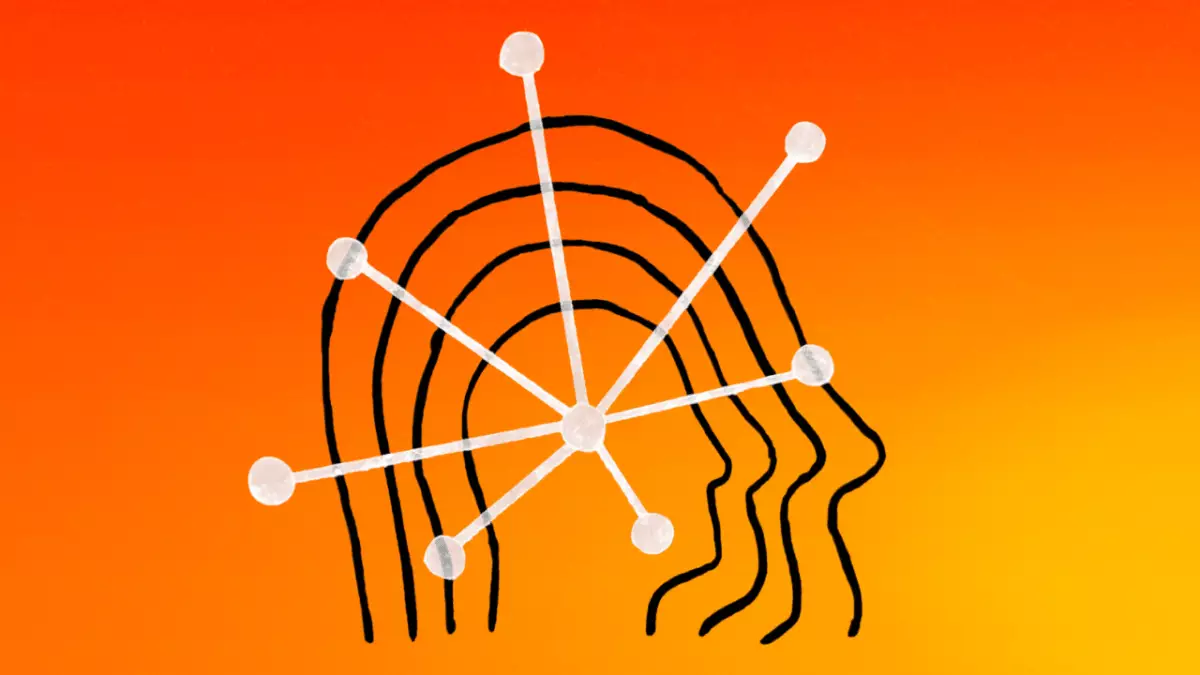Artificial Intelligence (AI) continues to reshape the technological landscape, with various players vying for dominance. Among these, Anthropic stands out as a formidable competitor, particularly with its suite of generative AI models known as Claude. These models are designed to execute a myriad of tasks ranging from image captioning to complex problem-solving in programming and mathematics. As development progresses at lightning speed, understanding the distinct capabilities and purposes of each Claude model becomes crucial—not only for developers and businesses but also for everyday users seeking AI solutions.
Claude’s models are ingeniously named after types of literary structures—Haiku, Sonnet, and Opus—each representing different tiers of functionality and capability. The latest iterations, namely Claude 3.5 Haiku (a lightweight option), Claude 3.5 Sonnet (a middle-tier model), and Claude 3 Opus (the flagship offering), cater to various user needs. Interestingly, Claude 3.5 Sonnet has emerged as the top performer in capabilities, despite its designation as a mid-range model. This anomaly leads one to speculate about the evolving nature of AI modeling, where nomenclature does not strictly correspond to performance.
All models boast a substantial context window of 200,000 tokens, allowing them to consider a considerable amount of data before generating responses. To put it in perspective, this equates to roughly 150,000 words, facilitating multifaceted command following and analysis of complex documents that include images, charts, and technical diagrams. However, it’s worth noting that unlike several leading AI platforms today, Claude models operate in a closed environment and lack capabilities for real-time internet access. This fundamental limitation diminishes their ability to answer current events questions or generate intricate visual outputs, confining them primarily to text and simple diagrams.
Diving deeper into the performance of distinct models, Claude 3.5 Sonnet’s efficient handling of complex instructions positions it as a user-friendly option for those who require finesse in AI interactions. Conversely, the lightweight Claude 3.5 Haiku excels in speed, making it an apt choice for situations where timeliness is crucial, even at the sacrifice of comprehensiveness. Understanding these performance ratios becomes invaluable for businesses and individuals as they tailor their AI interactions according to their unique requirements.
The Claude models are accessible through various platforms, including Anthropic’s own API, Amazon Bedrock, and Google Cloud’s Vertex AI, allowing diverse integration points for developers. Prices per million tokens vary significantly, with Claude 3.5 Haiku being the most cost-effective at 25 cents for input tokens, while the flagship Claude 3 Opus commands a premium at $15. Anthropic has ingeniously incorporated features like prompt caching and batching into their pricing model to optimize cost for users, making investing in AI more manageable for businesses.
Anthropic recognizes the spectrum of user experience, offering different subscription plans tailored to various levels of interaction. The free-tier plan opens the door for casual users, albeit with limitations. Those seeking enhanced functionality can opt for Claude Pro at $20 monthly or the more expansive Team plan at $30 per user. Each tier does not just increase interaction limits but also enriches the user experience with access to features like prioritized support and enhanced data management functionalities.
Furthermore, the introduction of Projects and Artifacts allows users to ground AI outputs in specific knowledge bases, enhancing the model’s utility in professional settings. For organizations sharing sensitive or proprietary information, the Claude Enterprise plan provides advanced capabilities such as a larger token context and the ability to integrate directly with platforms like GitHub. Such offerings signal Anthropic’s commitment to serve not only as an AI provider but as a strategic partner in innovation.
As with most AI technologies, ethical considerations loom large. The propensity for models like Claude to “hallucinate” or inaccurately generate information is a notable concern. Moreover, ongoing debates concerning the models’ training data further complicate the ethical landscape. Anthropic’s policies regarding intellectual property offer some assurance to users but do not completely eliminate the risks associated with ownership disputes. This highlights the necessity for AI developers to navigate not just the technological implications of their products but also the legal and ethical repercussions.
While Anthropic’s Claude models exhibit outstanding functionality and promise, potential users must remain cognizant of both their capabilities and limitations. Understanding the nuances among models and their applications can empower users and businesses to leverage AI effectively, turning challenges into opportunities for growth and innovation. The future of Claude, like that of generative AI overall, looks both exciting and complex, demanding continued scrutiny and ethical consideration as the technology evolves.

